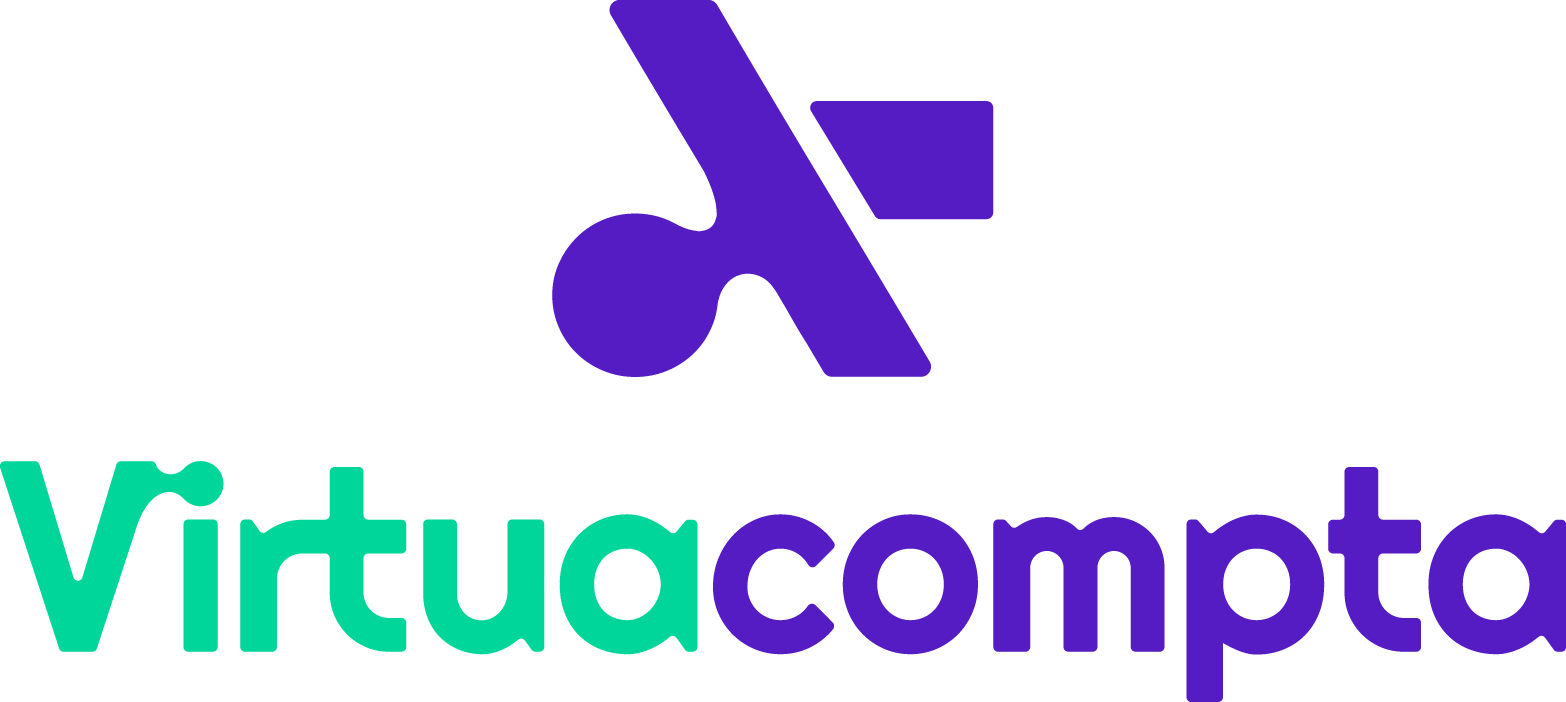
Picture this: you have just launched your start-up and you’re all excited about your new adventure. Your business will work, you have the wind in your sails. So, let’s go, go, go! Finally, you make your first sale! You tell the whole world about it: it’s a victory (and it is one!).
Then comes the time to bill your client, and here are all the questions surrounding taxes. Among them: should I add the sales tax on the invoice? Where do I have to register? Is it mandatory? I feel that it’s… no? Or maybe… yes?
YES! In general, all business activities are taxable. Meaning that, as soon as you get into a business activity, you must register for the GST and the QST and charge them on your sales invoices.
As for any rule, there are a few exceptions… Regarding sales taxes, there are a few areas where this rule is not applicable. The level of the sales transaction (revenues) or type of business is important in determine whether to register for taxes. In many cases, start-ups don’t meet the revenue criteria.
As a matter of fact, a business generating worldwide sales of less than $30,000.00 (this amount is different for non-profits – to read in an upcoming article) for the four (4) calendar quarters is not obliged to register for the sales tax declarations and, is considered to be a “small supplier” (status).
Even when businesses are not obliged to register for the GST (5%) and QST (9.975%), it may be advantageous to do so anyway, mainly for the two following reasons:
1) Reaching the exemption limit.
As soon as a “small supplier” reaches $30,000.00 of sales (on worldwide sales during the first four (4) calendar quarters), it must register for the GST and the QST. Consequently, the small supplier must keep track and stay vigilant in order to meet the tax regulations, which might end up being extra management, especially for a SME/start-up which just launched.
2) Claim for taxes paid on purchases.
In the early years of a SME/start-up, cash flow is extremely important, as this is the beginning of the business: There are often more expenses than revenues. However, much of the expenses incurred by the “small supplier” are taxable (GST and QST are paid). By registering for sales taxes, the business can then claim the GST and QST paid on these expenses and reinvest this refund money in its activities.
Rights, very rarely (or never), come without obligations. Registering for the GST and the QST mandates their perception on sales (client invoices are thus higher) and then remitting the perceived taxes to the government. This means regular bookkeeping and timely production of declarations, depending on their frequency (monthly, quarterly or yearly), and paying penalties and interests should you fail to do so.
Let’s take the example of a SME who is a small supplier not registered for GST and QST and whose business had a lot of expenses and very little revenue.
From January to June, the business generated $10,000.00 in sales. In that same period, it had launching expenses of $17,500.00 on which it paid $2,620.63 of GST (5%)/QST (9.975%).
Since the SME is not registered for GST/QST, it cannot claim the taxes paid on its purchases (credits). Had it registered, it could have recuperated a net of $1,123.13 (Long live the replenishment of the cash flow).
That is:
Taxes on $10,000.00 in worldwide sales
= $500.00 in GST + $995.50 in QST = $1,497.50 (amount to remit)
(less)
Taxes on $17,500.00 in purchases
= $875.00 in GST + $1,745.63 in QST = $2,620.63 (amount to receive)
Net = $1,123.13 to receive.
Basically, instead of making a payment of $1,497.50 to the government and for the government to make a payment of $2,620.63 to the SME, in preparing its declaration, the business is compensated.
In this example, it is the business which receives a reimbursement on credits, but the reverse is also true. Had the business recuperated more GST/QST on its sales than it had paid on its purchases, it would have had an amount to pay to the government.
Let’s use another example to illustrate when it becomes mandatory for a small supplier to register for the GST and the QST.
From January to March, it generated $22,000.00 in sales. In April, it sold an extra $8,500.00 (on 2 invoices: the first one being $5,500.00 and the second one being $3,000.00). Total revenue from January to March: $30,500.00.
From January to March, the business still has its small supplier status, since its worldwide sales do not yet exceed the scale of $30,000.00. In April, on the 2nd invoice, the SME went over the amount and will no longer be considered a small supplier. It must:
1) Charge GST/QST on the invoice which led to going over the $30,000, which is the 2nd invoice and the following invoices.
A problem: the business is not yet registered, but the GST and QST numbers must appear on the invoice.
2) Register for GST/QST (The business has 30 days then to do so).
Rest assured! Registering for the GST/QST is simple and quite easy: through online service on the Revenu Québec website, businesses can register for several files on the same application (you no longer need to fill out various forms). Furthermore, GST/QST are managed by Revenu Québec, so you only need to produce a declaration for one level of
government. And if all this makes your head spin or you’re still not sure about whether you have to register or not, don’t hesitate to contact the VirtuaCompta team. We’ll be happy to help you from start to success!

